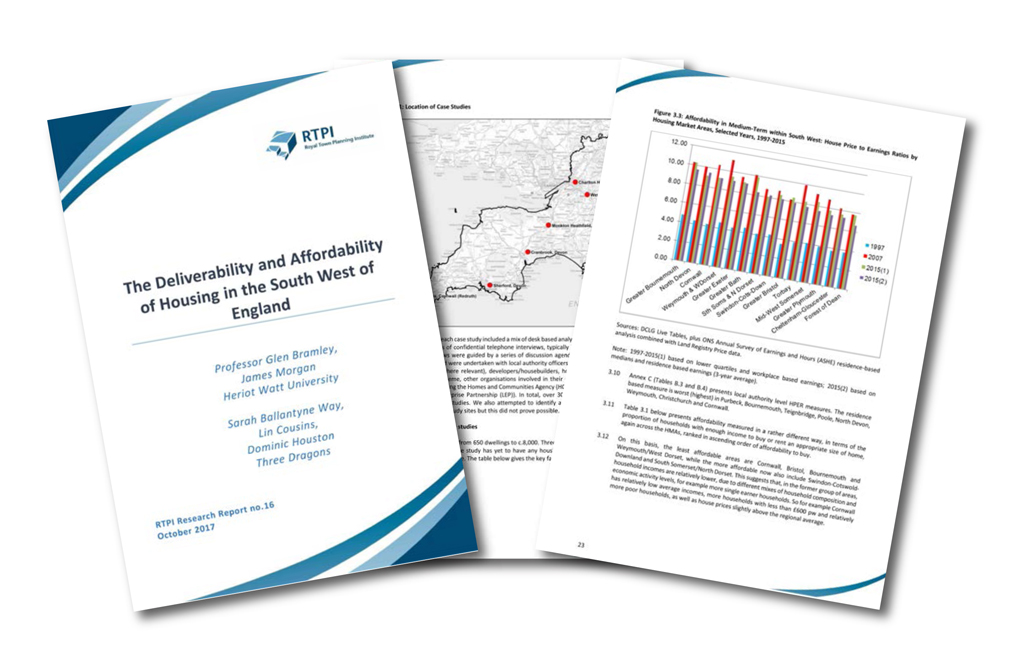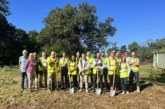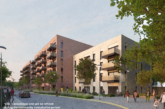
Large-scale housing sites — developments with thousands of units similar to those envisaged in the Government’s garden villages — can help bring about housing affordability but only when there is good planning, the Royal Town Planning Institute’s (RTPI) study of the South West housing market finds.
A new RTPI study of six large housing developments in the South West of England finds that they can have a positive effect on affordability in the region and can play an important part in solving the housing crisis.
The report’s modelling indicates that house prices would be lower in the housing markets where the case studies sit by between 1 and 8% by 2021 and by between 2% and 15% by 2031 than they would be if the schemes were not built.
These masterplanned developments could also increase the stock of local affordable social housing by up to 50%.
But the report warns that the contribution of these sites were largely produced through strategic planning processes which have now been abolished, and that urgent steps are needed to find new ways of bringing forward new large sites.
Delivering large-scale development also requires leadership, skills and approaches that are likely to be unfamiliar to many local authorities, it says. These include master-planning, resolving land ownership at the start to viability issues, negotiation with developers throughout the scheme’s life, and the time and ability needed to strike funding deals.
Richard Blyth, the RTPI’s Head of Policy, said: “The experience of the last 20 years shows that piecemeal incremental developments alone will not meet the level of demand for new homes. We must therefore ensure there is proper, long term planning and delivery for housing on a large-scale.
“However, the Housing White Paper hasn’t really addressed the critical issues facing large sites. It asks whether planning procedures should be streamlined to ‘support innovation and high-quality development in new garden towns and villages’, but our report shows that we need more, not less, planning to getting large sites right without the delays and compromises we see so often.”
The six case studies used in the research are: Bath Western Riverside, Bath (2,300 units); Charlton Hayes, South Gloucestershire (2,200 units); Cranbrook, East Devon (8,000 units); Monkton Heathfield, Taunton (4,500 units); Sherford, Devon (5,500 units); and Tolgus, Redruth (650 units).
The survey finds that new-build private housing on these large sites are not necessarily affordable in itself. Their positive impact on the local market is the result of increased affordability through general increase in supply, significant additions to social and affordable housing stock, and their ability to incentivise the construction of infrastructure.
David Lowin, Chair of the RTPI South West region, said: “The advantages of large-scale releases of land for housing and the building of communities is clear in this research. However, allocations are not going to be successful or delivered in an efficient way unless those who are dealing with such schemes in planning departments are given the resources. Councils are facing a £5.8bn funding shortfall by 2020, and planning departments are in dire need of additional funding having suffered disproportionately from cuts in the age of austerity since 2010. ”
The Deliverability and Affordability of Housing in South West England has been produced by Heriot Watt University and Three Dragons consultancy for the RTPI South West region.








